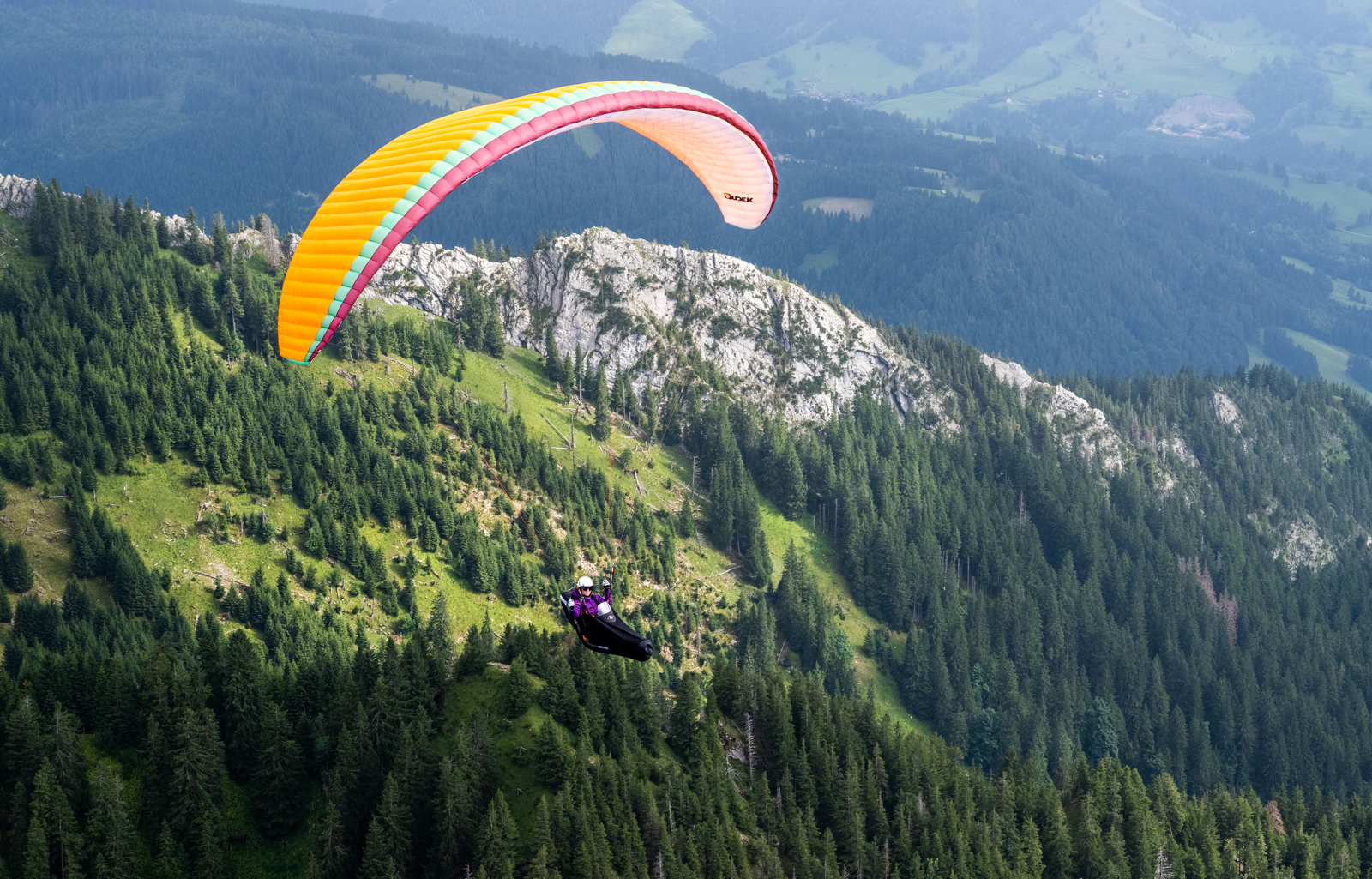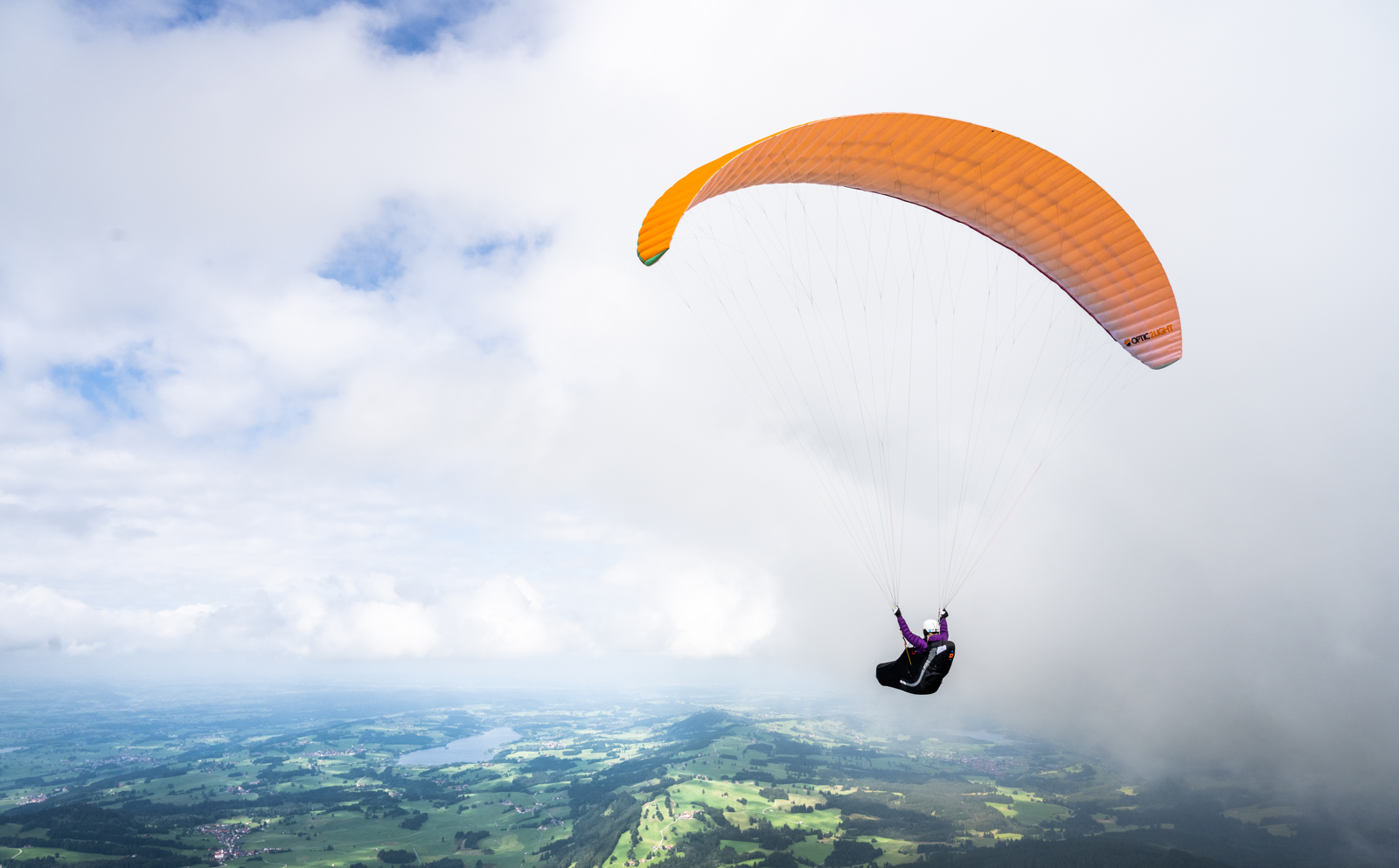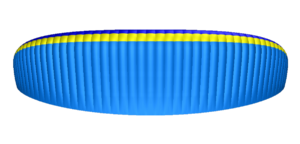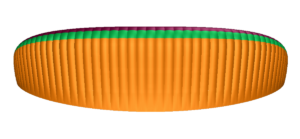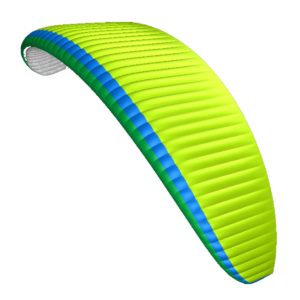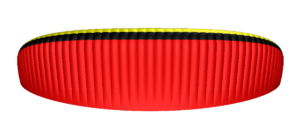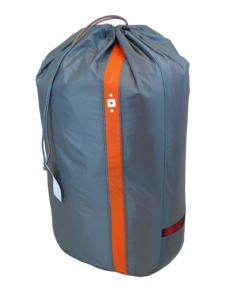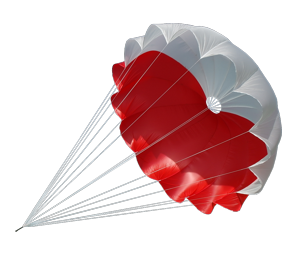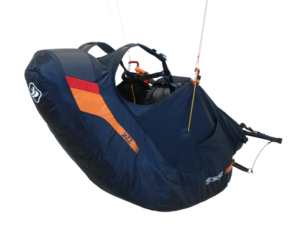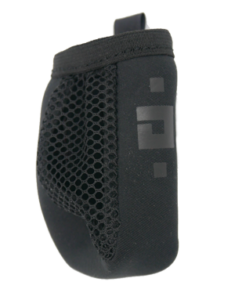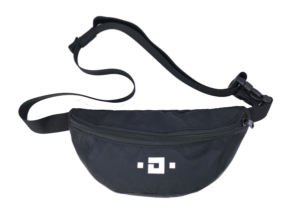Optic 2 Light
Optic 2 Light
Optic 2 Light is a light three-row cross-country/recreational paraglider of 5,50 aspect ratio and 51 cells. It is recommended for pilots who want to fly a lot and grow, capitalizing on its outstanding performance. The paraglider offers EN/LTF B class safety, confirmed by according certificates.
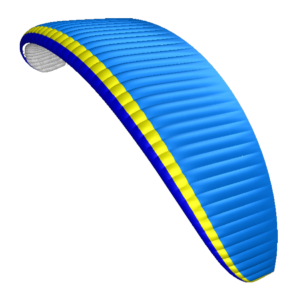
The canopy structure is reinforced with rigid rods (Flexi Edge Technology) as well as mini-ribs on the trailing edge, truly representing, smoothing and stabilizing the airfoil at all speeds. Another solution improving both the aerodynamics and stability is the Shark Nose. Stabilo has been modified too.
All these technologies come from the racing canopies and combined with 3-row rigging give the paraglider large passive safety margin and exceptional aerodynamic performance.
The airfoil used in Optic 2 Light has some reflex traits. The wing is tuck-resistant, comes up easily and is perfectly steerable. Worth a special praise is its great lateral and longitudinal stability.
As in other our paragliders, the risers of the Optic 2 Light constitute a complete, comfortable and carefully thought out control panel, where each instrument is placed exactly where it should be and works as it should. Modern risers of 12 mm width feature ball-bearing pulleys.
As a result, you got the wing that will easily float in a slightest lift, and covering long distances in typical turbulence of a thermally active day won’t be a problem. Speed-system operation is safe and comfortable even in rough air. Optic 2 Light has lots of speed, great deal of lift, and In generally simply wants to fly – so don’t be selfish and take it with you for a long XC 😉
Colour scheme has been simplified due to lighter cloth, as well as avoiding seams which are not necessary construction-wise.
Optic 2 Light is manufactured under new technology, employing precision of the laser cutter. All stages of production are completed in Poland under the strict supervision of the designer himself, thus ensuring highest European quality.
Certification
Optic 2 Light is still in the certification process. Some sizes have already passed the EN/LTF B category tests, as well as the load test.
Construction solutions
Technologies, concepts
Risers functionality
Used solutions
Parameters
Weight ranges
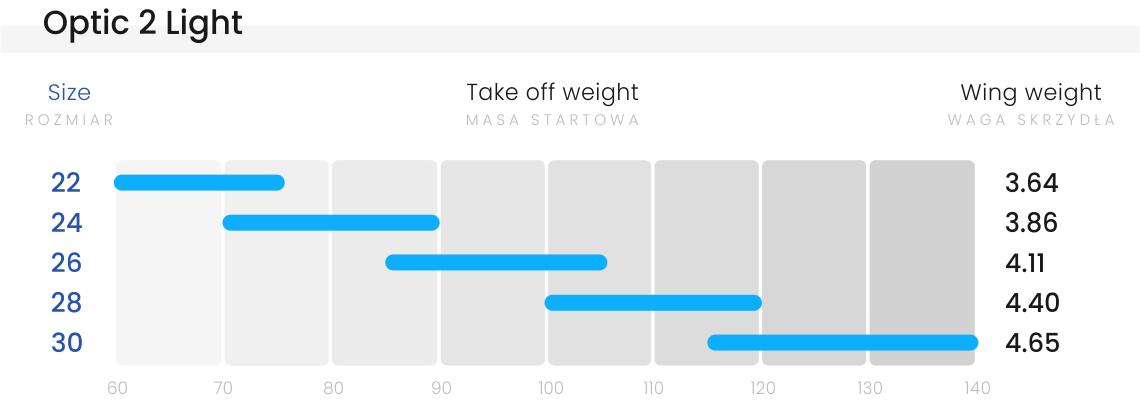
TECHNICAL DATA
| Optic 2 – size | 22 |
24 |
26 |
28 |
30 |
| Cerification EN/LTF | B | B |
B |
B | B |
| Number of cells | 51 | 51 | 51 | 51 | 51 |
| Surface area flat [m2] | 22.00 | 24.00 | 26.00 | 28.20 | 30.40 |
| Surface area projected [m2] | 18.81 | 20.52 | 22.23 | 24.12 | 26.00 |
| Span flat [m] | 11.00 | 11.49 | 11.96 | 12.45 | 12.93 |
| Span projected [m] | 8.79 | 9.18 | 9.56 | 9.95 | 10.33 |
| Aspect ratio flat/projected | 5.50 / 4.10 | ||||
| Sink rate [m/s] | min = 1.0 (+/- 0.1m/s) | ||||
| Speed* [km/h] | trym = 37; max = 51 (+/- 2 km/h)* | ||||
| Max chord [mm] | 2488 | 2599 | 2705 | 2817 | 2925 |
| Min. chord [mm] | 629 | 657 | 683 | 712 | 739 |
| Distance pilot to wing [m] | 6.82 | 7.13 | 7.42 | 7.72 | 8.02 |
| Total lines length [m] | 229.4 | 240 | 250.17 | 260.91 | 271.24 |
| canopy weight [kg] | 3.64 | 3.86 | 4.11 | 4.40 | 4.65 |
| Total take-off weight** [kg] | 60-75** | 70-90** | 85-105** | 100-120** | 115-140** |
| Maximum symmetric control travel at maximum weight in flight [cm] | >55 | >60 | >65 | >65 | >65 |
| Distance betwen risers [cm] | 40 | 44 | 46 | 46 | 46 |
| Lines | Technora: 90 & 190; A-8000U: 050 & 070 & 090 & 130 & 190 & 230 | ||||
| Cloth | Porcher 27 g/m2, Porcher 32 g/m2 Porcher Hard 27 g/m2, Porcher Hard 40 g/m2 SR Scrim, SR Laminate 180 g/m2 |
||||
* Speeds are given as estimated for the middle wing size and the middle of its weight range. These speeds can vary within +/- 2 km/h depending on the size, take-off weight and additional factors such as air pressure and temperature.
** The basic rule is to choose the size of the wing so that the take-off weight is in the middle of the weight range. Less weight on the wing (lower range take-off weight) can be considered for foot take-off, when flying in calmerconditions, or when we want to improve economy. More experienced pilots who want to fly dynamically, have higher speed and fly in more demanding wind conditions can consider greater wing loading (take-off weight in the upper range). This is a common option among trike users.
Note – the canopy significantly changes its behavior with increasing wing loading. The greater the loads, the greater skill and concentration of the pilot are required.


